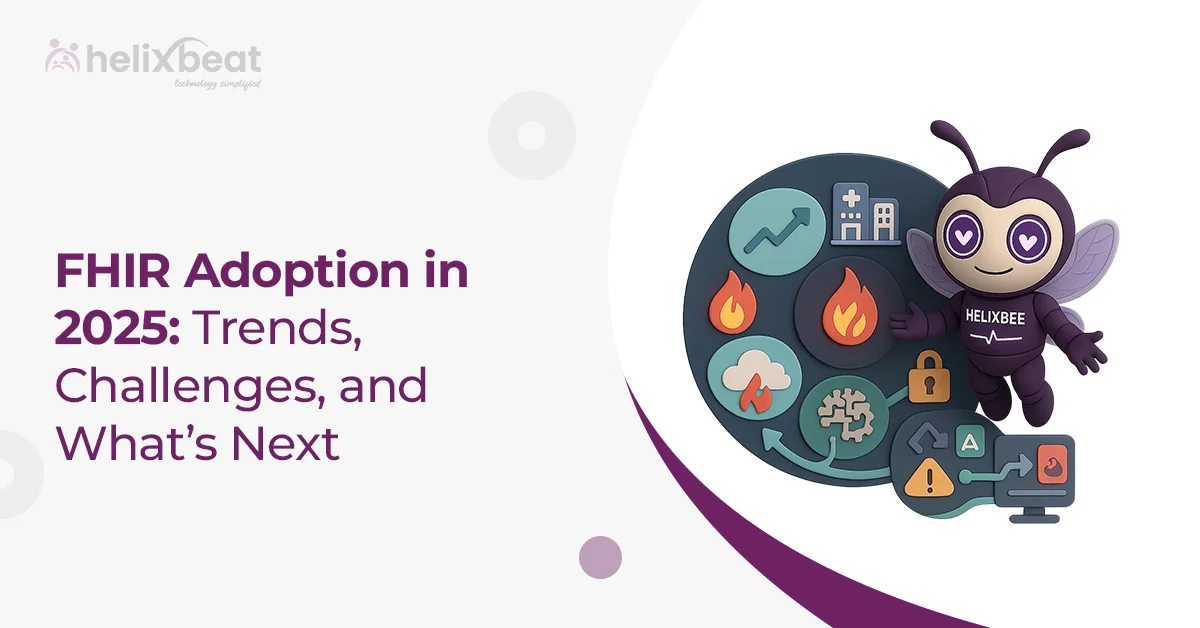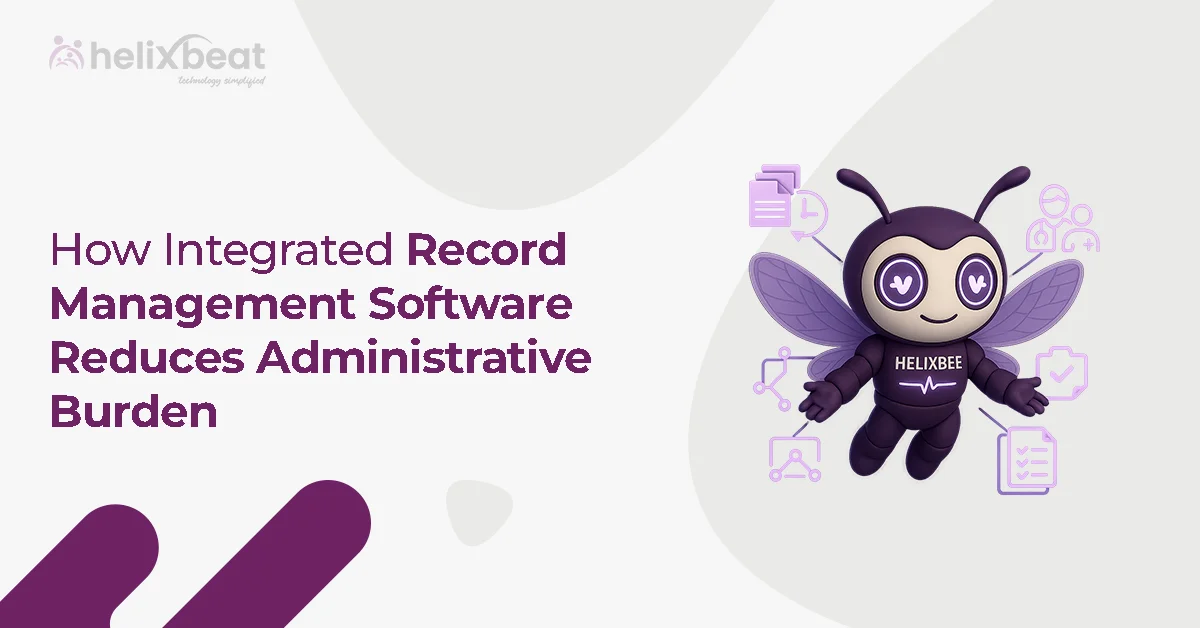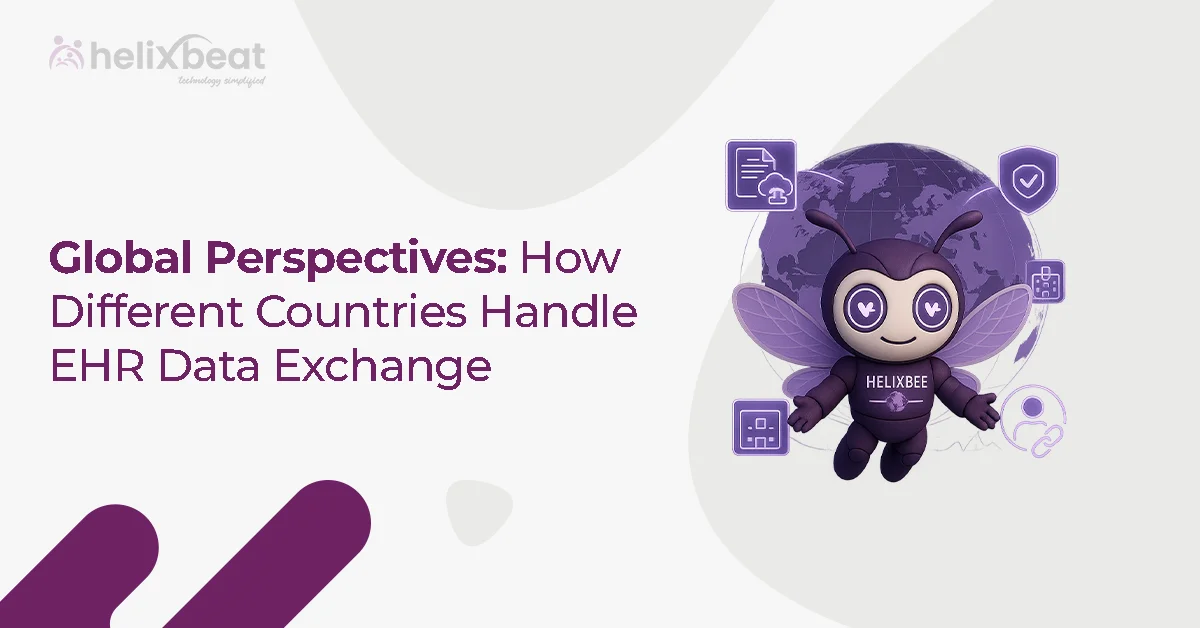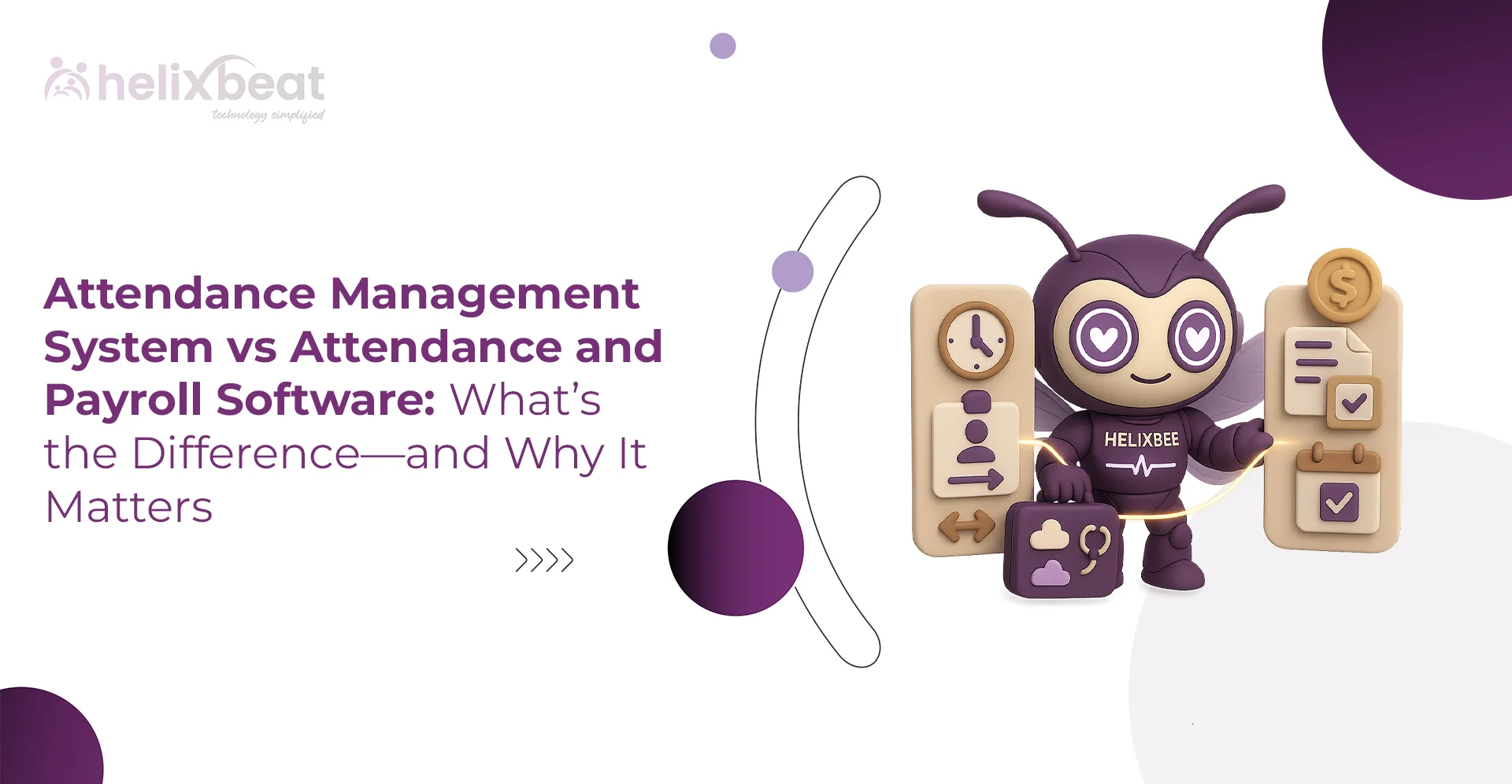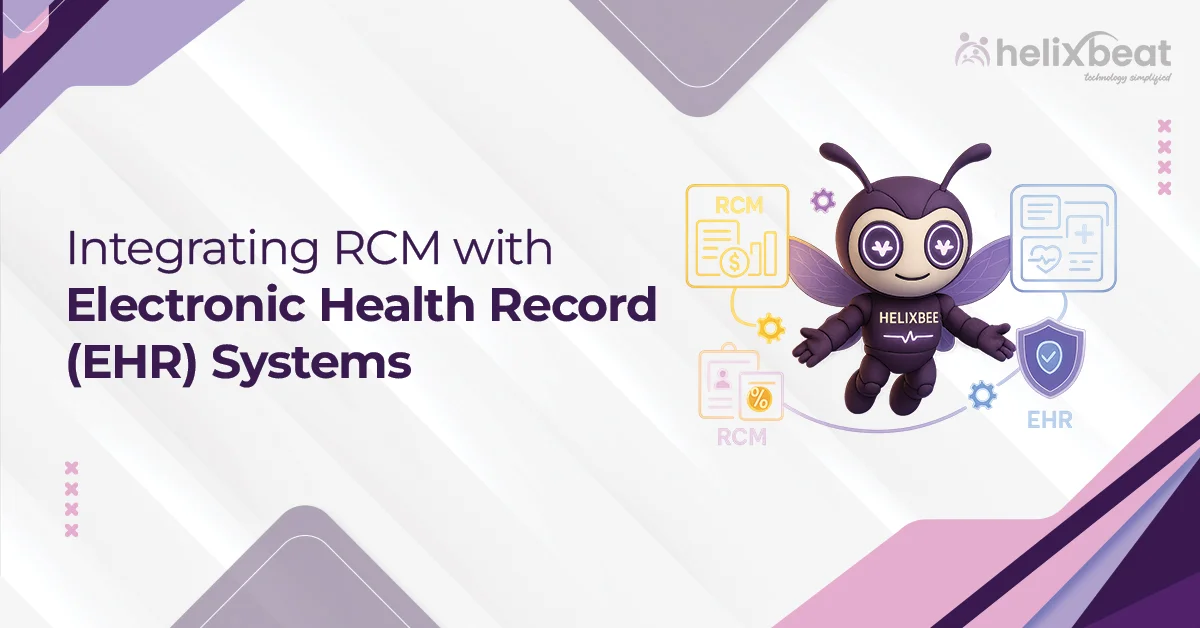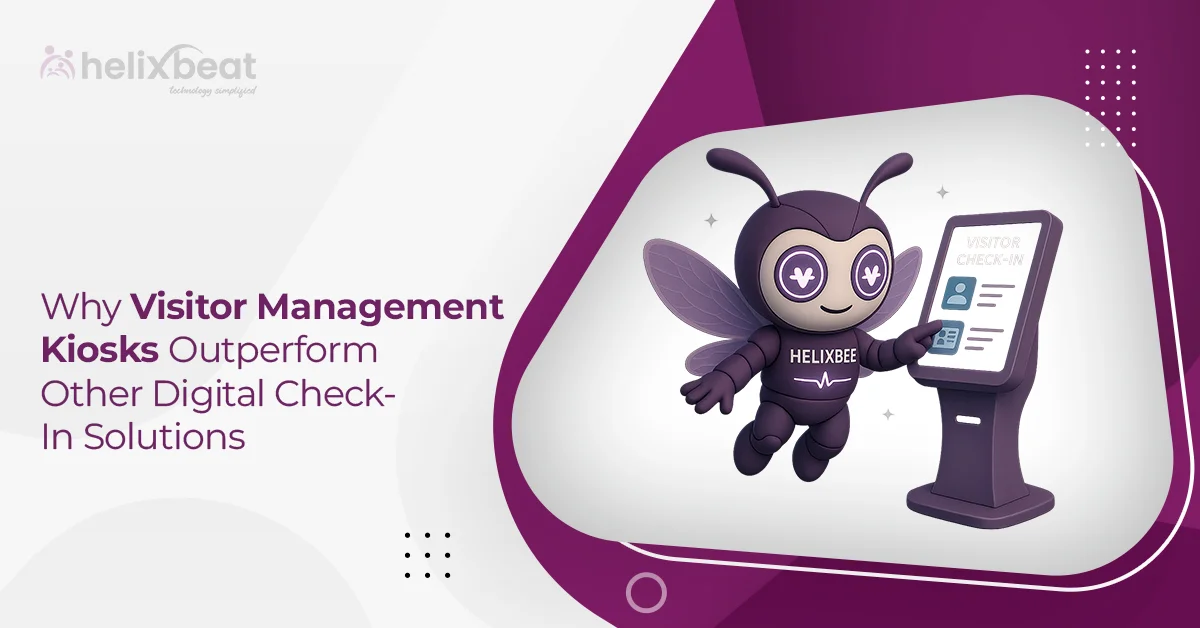The healthcare industry in 2025 is buzzing with transformation, and at the heart of it all is FHIR interoperability. Fast Healthcare Interoperability Resources (FHIR), pronounced “fire,” has become the go-to standard for sharing healthcare data across systems, organizations, and even borders. It’s like the internet finally got a common language for medical records.
Let’s dive into the trends driving FHIR interoperability, the hurdles holding it back, and what’s on the horizon for this revolutionary standard.
Table of Contents
The Rise of FHIR Interoperability
FHIR, developed by Health Level Seven International (HL7), is a standard that allows healthcare systems to exchange data in a structured, standardized way. Think of it as a universal translator for electronic health records (EHRs), lab results, prescriptions, and more.
Why is FHIR such a hit? For starters, it’s built on modern web technologies like RESTful APIs, JSON, and XML, which developers already know and love. Unlike older standards like HL7 v2, which felt like deciphering hieroglyphics, FHIR is intuitive and flexible. It’s no wonder that by 2025, over 90% of hospitals in the U.S. have adopted some form of FHIR-enabled systems, according to recent industry reports. Globally, countries like Canada, Australia, and the UK are also jumping on board, with national healthcare systems integrating FHIR to streamline patient care.

But it’s not just about hospitals. FHIR interoperability is empowering patients, too. With FHIR-based apps, you can pull your medical data from multiple providers into one place—like a digital health wallet. It’s a shift from siloed data to a patient-centered ecosystem, and it’s reshaping how we think about healthcare.
Key Trends Driving FHIR Adoption in 2025
1. Patient Empowerment Through FHIR Apps
Patients are no longer passive players in healthcare. In 2025, FHIR interoperability is putting data in their hands. Apps leveraging FHIR API let patients access their records, share them with providers, or even contribute data from wearables. For example, a diabetic patient can share real-time glucose readings with their doctor, who can adjust treatment plans on the fly. This trend is fueled by regulations like the U.S. 21st Century Cures Act, which mandates patient access to health data, making FHIR the backbone of this movement.
2. Cloud-Based FHIR Solutions
Today, major players are offering FHIR-compliant platforms that make it easier for healthcare organizations to store, process, and share data. These cloud solutions are scalable and cost-effective, especially for smaller providers who can’t afford massive IT overhauls. Plus, cloud-based FHIR servers are speeding up innovation.
3. Payer-Provider Collaboration
Insurance companies (payers) and healthcare providers are finally playing nice, thanks to FHIR interoperability. In 2025, payers are using FHIR to streamline claims processing, verify coverage, and share data with providers for better care coordination. For example, CMS’s Interoperability and Patient Access rule has pushed payers to adopt FHIR API, leading to faster approvals and fewer headaches for patients caught in the middle.
4. Global FHIR Adoption
FHIR isn’t just a U.S. phenomenon. Countries like India, Brazil, and Singapore are adopting FHIR to modernize their healthcare systems. For example, India’s National Digital Health Mission is using FHIR to create a unified health ID for over a billion people. This global push is creating a network effect—more systems using FHIR means more opportunities for cross-border data sharing, especially for travelers or expatriates.
5. AI and Analytics Integration
By standardizing data, FHIR makes it easier for AI algorithms to analyze vast datasets for insights. Hospitals today are using FHIR to feed data into predictive models that flag high-risk patients or optimize hospital bed allocation. Startups are also building FHIR-based analytics tools to help providers make data-driven decisions, from reducing readmissions to personalizing treatments.
What’s Next for FHIR Interoperability?
Looking ahead, the future of FHIR interoperability is bright, but it’s going to take some work to get there. Here’s what’s on the horizon for 2026 and beyond:
1. Standardized Implementation Profiles
To tackle fragmented implementation, the FHIR community is working on standardized profiles tailored to specific use cases, like oncology or pediatrics. By 2026, expect more “plug-and-play” FHIR solutions that reduce compatibility issues and make adoption easier for everyone.
2. Enhanced Security Measures
As cyber threats grow, so will investments in FHIR security. Expect advances in blockchain-based authentication and zero-trust architectures to protect health data. In 2025, pilot projects are already testing these technologies, and by 2026, they could become mainstream.
3. FHIR for Social Determinants of Health
FHIR isn’t just for clinical data anymore. In 2025, organizations are starting to use FHIR to share social determinants of health (SDOH) data—like housing, food security, or transportation access. This holistic approach will help providers address the root causes of health disparities, and SDOH integration could be a standard feature of FHIR platforms.
4. Global FHIR Networks
In the future, we could see global FHIR networks that allow seamless data sharing for international patients. Imagine a tourist in Japan accessing their U.S.-based medical records instantly—FHIR could make that a reality.
5. Patient-Driven Interoperability
The future is patient-centric. In 2025, patients are already demanding more control over their data. Therefore, FHIR-based tools could let patients decide who gets access to their records and for how long. This shift will empower individuals and challenge providers to prioritize trust and transparency.
FUSION: The FHIR Server Powering Smarter Healthcare Data Exchange
As healthcare systems race toward greater interoperability, having the right infrastructure becomes just as important as adopting the right standards. That’s where FUSION steps in: a FHIR server built to simplify, speed up, and strengthen healthcare data exchange across the board.
FUSION isn’t just another data repository. It’s a purpose-built platform designed around FHIR-native architecture, using modern RESTful APIs to make health data more accessible, consistent, and real-time. Whether it’s hospitals, apps, payers, or digital health tools, FUSION makes it effortless for systems to connect, communicate, and collaborate.
But what truly sets FUSION apart? It’s the comprehensive approach to clinical coding and data integrity. FUSION doesn’t just store data in FHIR format—it also natively supports SNOMED CT, LOINC, and ICD, so that every record is coded accurately and ready for clinical decisions, population health reporting, and advanced analytics.
With plug-and-play APIs, organizations can deploy FUSION rapidly without overhauling existing systems. Its robust security features align with major compliance standards, and it’s built to handle both structured and unstructured data, making it versatile for diverse clinical environments.
Final Thoughts
FHIR interoperability is more than just tech—it’s about people. It’s about the cancer patient who doesn’t have to repeat their medical history at every appointment. It’s about the rural clinic that can finally share lab results with a specialist hundreds of miles away. It’s about the parent who can track their child’s vaccinations on their phone, no matter where they move.
So, what’s next? It’s up to us—clinicians, developers, patients, and policymakers—to keep pushing for a future where FHIR interoperability becomes a lifeline for better care.
Ready to take your healthcare systems to the next level? Leverage the power of FHIR with FUSION and transform your healthcare ecosystem.
FAQs
1. What are the benefits of adopting FHIR interoperability in healthcare organizations?
FHIR interoperability helps healthcare organizations achieve better data exchange, reduces administrative burdens, and supports more efficient, patient-centered care.
2. Is FHIR interoperability compatible with existing healthcare systems?
Yes, FHIR interoperability can integrate with both legacy systems and modern health applications, providing a flexible and scalable solution for healthcare providers.
3. How does FHIR interoperability improve patient care?
By allowing health information systems to exchange patient data in real time, FHIR interoperability makes it easier for providers to access comprehensive patient records, leading to more accurate diagnoses and treatment decisions.
4. What role does FHIR interoperability play in health data security?
FHIR interoperability supports secure data exchange by adhering to strict standards for encryption, authentication, and authorization, helping protect patient data during transmission.



